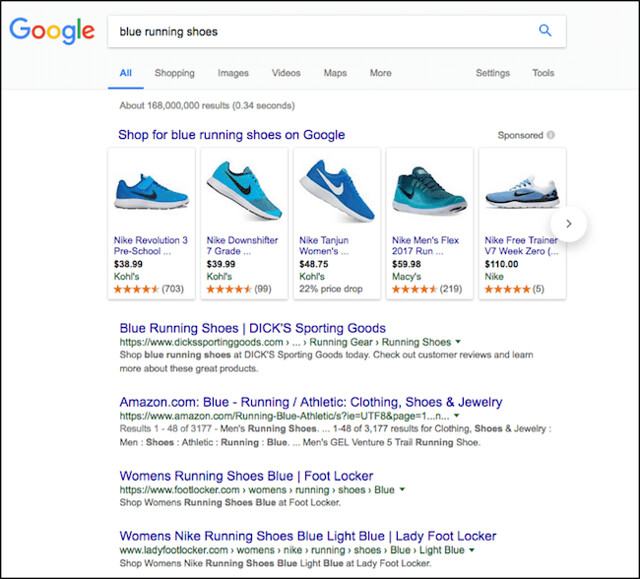How to Get Your Product into Target: The Ultimate Guide


When it comes to retail, there are so many different factors to consider. Who makes up your target audience? What are their buying habits like? How much will it cost to reach them? If you’re launching a new product, then you’ll need to get it into a major retailer, right? The good news is, you don’t have to be a retail whiz to get your product into a target audience.
In this article, you’ll learn how to get your product into the target, whether you’re starting from scratch and want to test a market, or you want to take your existing business to the next level. Read on for everything from how to test the market in order to choose the right distribution partner to what you should do if you think your product is not profitable.
What is Target Marketing?
Target marketing is a strategy for reaching a specific target audience. It’s not just about advertising your business and hoping that people will see it and buy what you’re selling. Instead, target marketing is about finding the right audience and then figuring out how to get them to buy.
How to Get Your Product Into Target
You may be wondering how to get your product to the target. It can be a daunting task, but there is some good news: it’s not impossible. To start, you need to determine who your target audience is and what they want. If you’re launching a new product, then you’ll need to get it into the right store at the right time of year.
If you want to test the market, then you might try starting small, targeting a local store with a niche customer base where you think your product will sell well. You could also sell online through sites like Etsy or eBay before moving on to larger retailers.
If you decide that your business is not profitable and needs help from a distribution partner, then consider signing up for one of these three options: Vendor Central (Amazon), Brand Central (Target), or Merchandising Partners (Retailer). If you work with an established company that specializes in retail distribution, then they should help with marketing as well.
More information:
Get Your Product into the Stores
In this article, you’ll learn how to get your product into the stores. You’ll learn about what factors to consider when choosing a distribution partner, as well as the benefits of working with them. There are many different options for distribution partners out there, and knowing what you need from your partner will help you find the right one for you.
It can be hard to know where to start when looking for a distribution partner, so we have outlined what you should do if you have an idea or prototype:
- Test it out before investing in expensive marketing campaigns
- Implement an e-commerce website that sells your product
- Get your prototype made at a micro-manufacturer
- Make sure any potential distribution partners are able to handle high-volume production
- Consider how much shelf space they offer
Choose a Distribution Partner
A distribution partner is a company or person who will help you bring your product to market. You’ll need to find someone who knows the retail industry and can advise you on what type of product your target audience will be responsive to.
The first step in choosing a distribution partner is figuring out who your target audience is. This should be easy if you already have a product on the market and know who buys it, but if not, then it might be worth testing the market before looking for a distribution partner.
Testing the Market If you want to test the market before going into business with a distributor, then there are two different ways that you can do this: launching an online store or hiring an eCommerce specialist. If you decide to launch an online store, make sure that you have enough capital for inventory and shipping costs upfront.
If you hire an eCommerce specialist, they will set up your online store for a one-time fee and take care of all aspects of inventory and shipping costs after that point. They’ll also handle marketing and customer service while still giving you full ownership over your brand and the final say on decisions about the product line.
Assess Whether Your Product is Profitable
If you think your product is not profitable, then try to find out why. Is the price too high? Do customers simply not like it? Does it need a rebranding? By finding out why your product isn’t performing well, you will be able to make changes to your product and marketing strategy so that it can sell more effectively.
Target is the third-largest retailer in the United States and each year, it sells over 100 million products in 2,400 stores nationwide. So why do so many products fail to get into Target?
The answer: Target Marketing. Target Marketing is the skill of marketing your product to Target’s buyers in order to get them to purchase your product for their store. The first step to getting your product into Target’s stores is to understand what it takes to get your product into Target.
